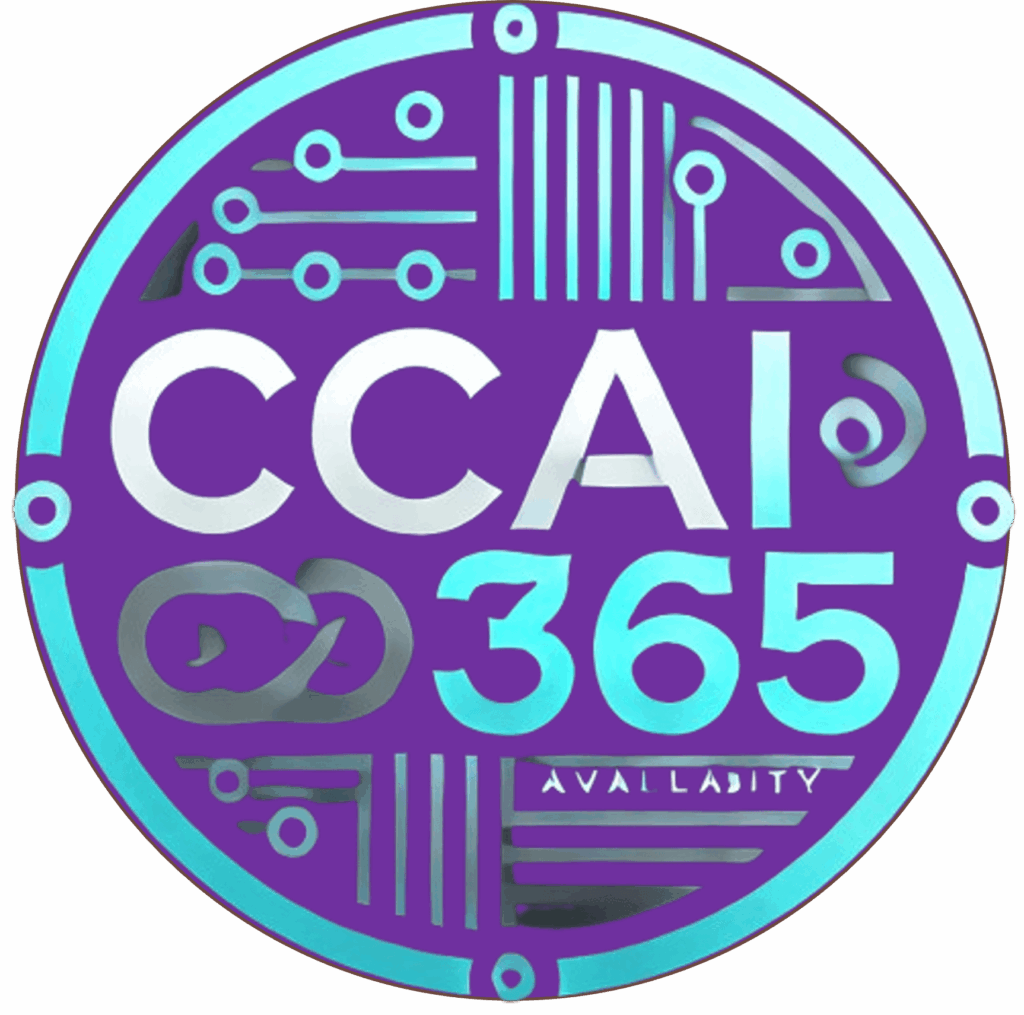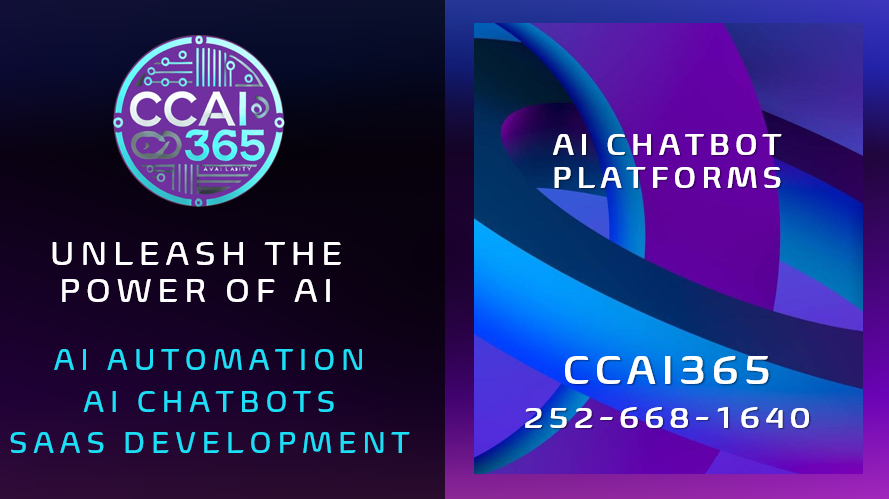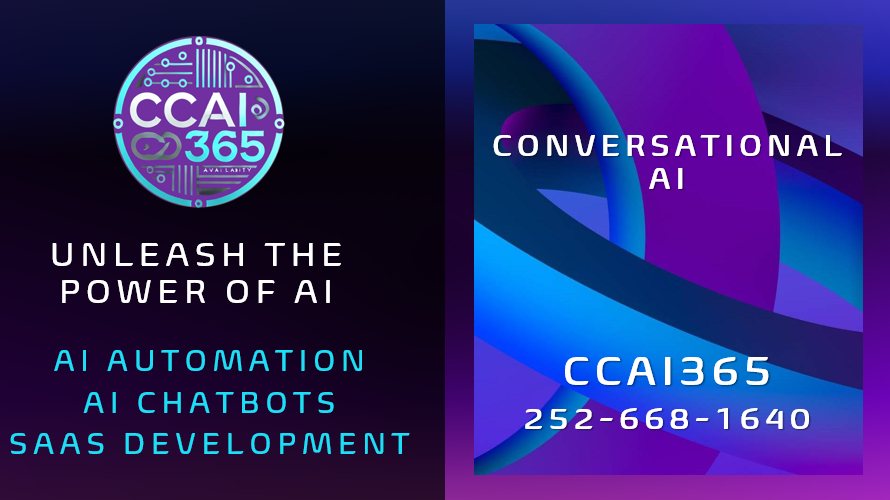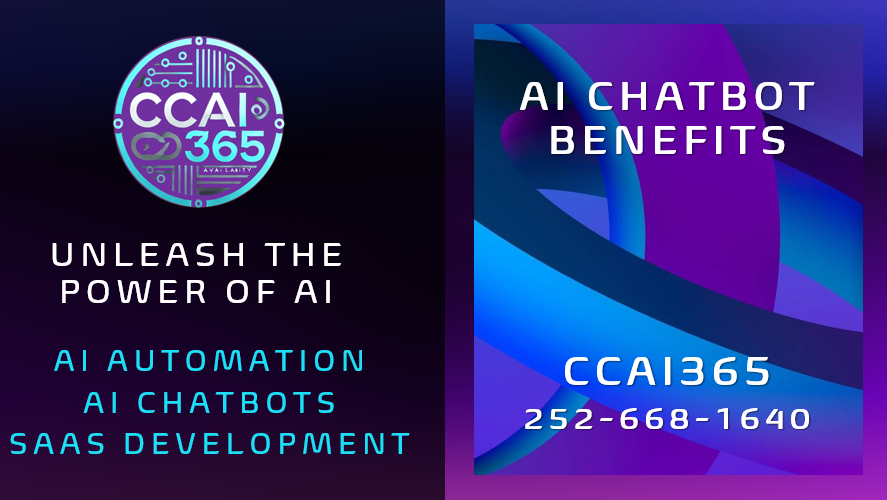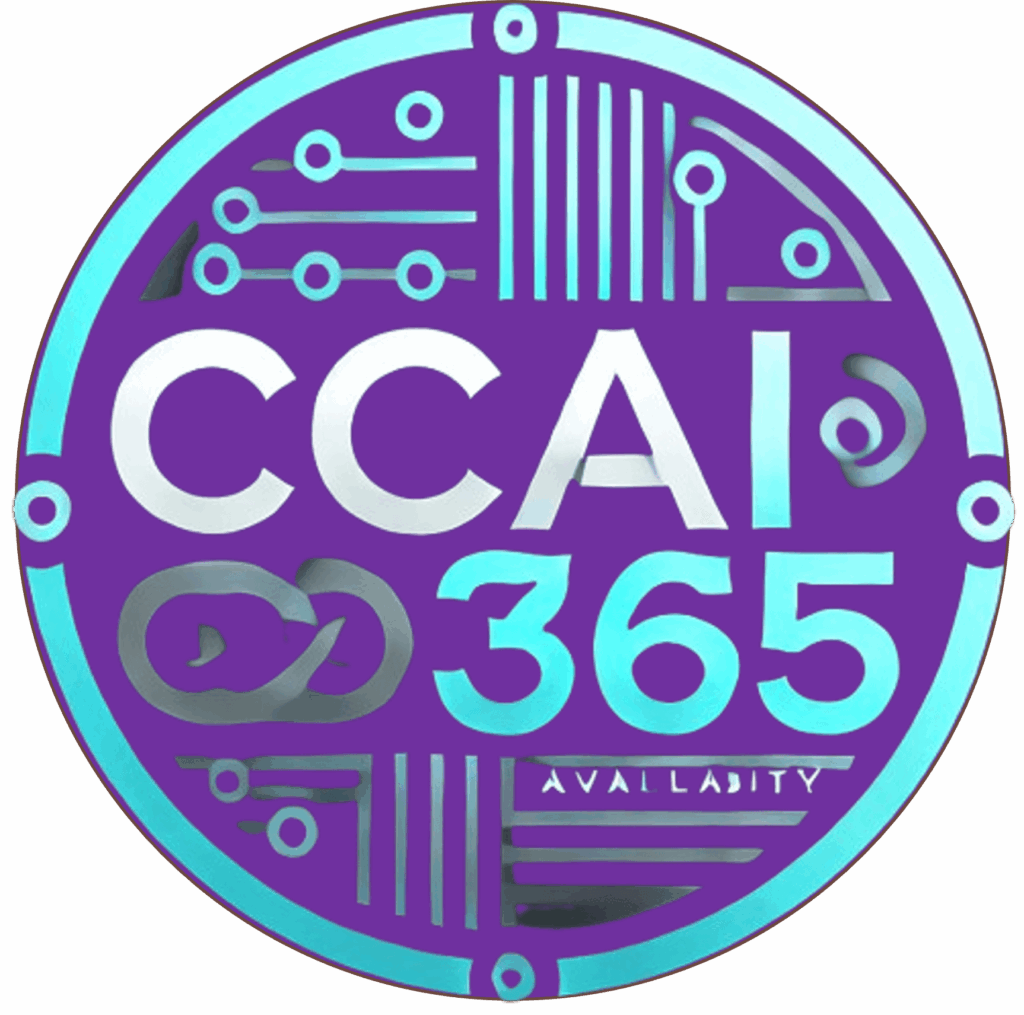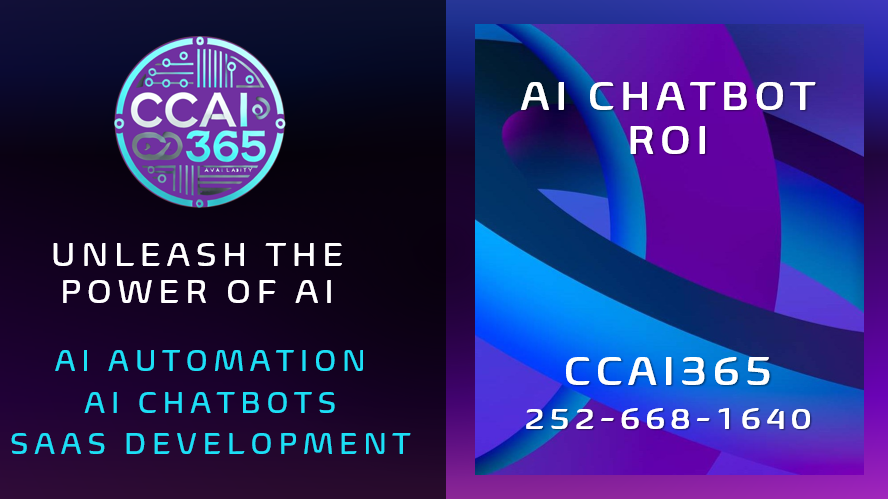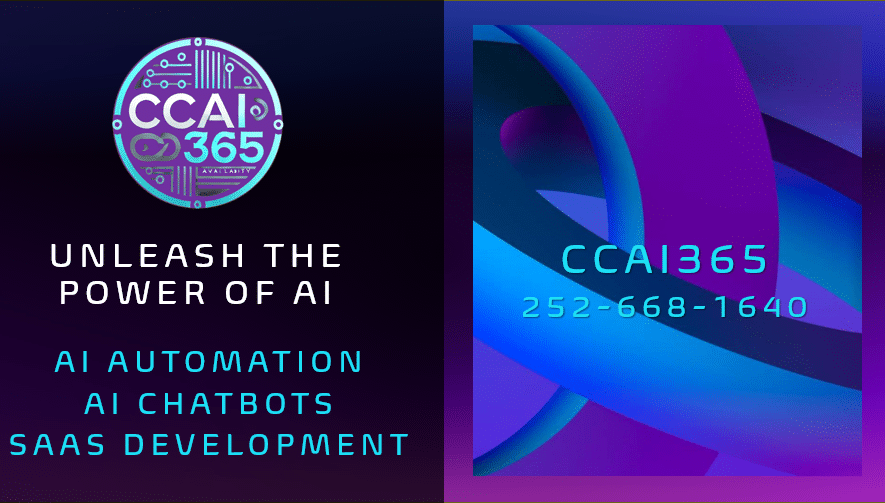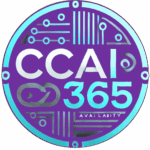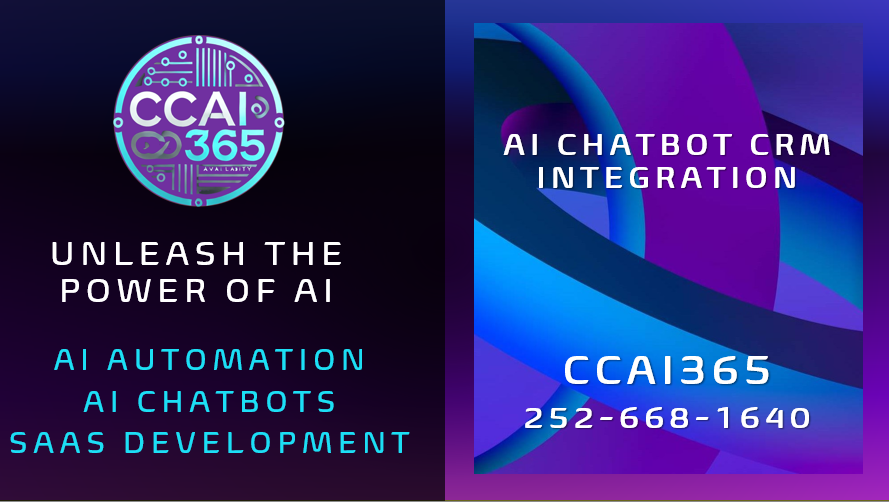
AI Chatbot CRM Integration: The Secret Weapon for Boosting Sales and Customer Loyalty
Introduction to AI Chatbot CRM Integrations
The way businesses connect with customers is rapidly changing. Today’s consumers expect fast, personalized, and seamless interactions at every stage of their journey. They want answers in real time, tailored recommendations, and meaningful engagement that makes them feel valued. On the other side, sales teams and customer service departments are constantly looking for smarter ways to capture leads, nurture relationships, and deliver exceptional service without drowning in repetitive tasks.
That’s where AI chatbot CRM integration steps in as a true game-changer. By merging the power of artificial intelligence-driven chatbots with the robust data and organizational features of Customer Relationship Management (CRM) systems, businesses can unlock a level of efficiency and personalization that simply wasn’t possible before.
Imagine having a chatbot that not only chats with prospects and customers but also pulls relevant insights from your CRM in real time. It knows the customer’s purchase history, understands their preferences, and anticipates their needs before they even ask. The result? Smarter interactions, stronger relationships, and measurable sales growth.
In this article, we’ll explore why AI chatbot CRM integration has become the secret weapon for businesses aiming to boost sales and customer loyalty. We’ll break down its benefits across multiple dimensions, from smarter customer interactions and driving revenue growth to building loyalty, streamlining workflows, and fueling the future of business success.
How AI Chatbot CRM Integration Creates Smarter Customer Interactions
Today’s customers demand instant communication. If they have a question about a product, they don’t want to wait hours—or even days—for an email reply. They expect quick, relevant answers that address their concerns on the spot. Traditional customer service channels, like phone and email, often fall short in delivering this kind of responsiveness, especially outside of business hours.
Enter AI chatbot CRM integration, the powerhouse that bridges the gap between automation and personalization. Unlike generic chatbots that provide scripted, limited responses, an AI-driven chatbot connected directly to a CRM can provide intelligent, context-aware support. This integration means every interaction is backed by data—whether it’s a customer’s last purchase, their current support ticket, or their expressed interest in a particular service.
For example, let’s say a customer revisits your website after buying a product two weeks ago. An AI chatbot with CRM integration can instantly greet them by name, reference their past purchase, and suggest helpful resources or complementary items. That’s not just a conversation—it’s a personalized experience that strengthens the relationship and leaves the customer feeling valued.
Furthermore, AI chatbot CRM integration reduces friction in the customer journey. Instead of asking customers to repeat their details multiple times, the chatbot retrieves and updates information directly in the CRM. This means the next time the customer engages with sales or support, the team already has all the context they need. No more “starting from scratch.”
Smarter interactions aren’t limited to customer-facing conversations either. Internal teams benefit too. Sales representatives can use chatbot insights to prepare for calls with prospects, armed with recent interaction data that helps them close deals faster. Customer service teams can resolve tickets quickly because the chatbot has already gathered key details and updated the CRM automatically.
Ultimately, AI chatbot CRM integration transforms customer interactions into opportunities for personalization, efficiency, and relationship building. The ability to anticipate needs and respond intelligently creates the kind of seamless experience that modern customers crave—and that keeps them coming back for more.
The Role of AI Chatbot CRM Integration in Driving Sales Growth
Sales success has always depended on timing, personalization, and the ability to build trust quickly. But in today’s fast-paced digital marketplace, relying solely on manual outreach and traditional sales cycles can leave businesses struggling to keep up. The competition is fierce, and prospects have more options than ever before.
That’s why AI chatbot CRM integration is becoming the secret weapon for sales teams. It doesn’t just automate conversations—it actively drives revenue growth by nurturing leads, qualifying prospects, and converting opportunities into paying customers.
Consider how sales cycles usually begin: a prospect lands on your website, browses a few pages, maybe fills out a form. Without real-time engagement, many of these visitors slip through the cracks. An AI chatbot, however, can instantly engage the visitor, answer their questions, and log their interests directly into the CRM. By the time the sales team gets involved, they already know what the lead is looking for and can tailor their pitch accordingly.
Another powerful way AI chatbot CRM integration drives sales growth is through intelligent lead scoring. Chatbots can evaluate a lead’s engagement level—based on their responses, time spent on site, or interaction patterns—and assign them a score in the CRM. Sales reps can then focus their efforts on high-value leads, ensuring their time is spent on prospects most likely to convert.
Upselling and cross-selling also become more effective with this integration. Because the chatbot has access to purchase history and customer preferences, it can suggest complementary products or services during the conversation. For example, if a customer purchases a laptop, the chatbot might recommend an extended warranty or accessories—all recorded in the CRM for future follow-ups.
AI chatbot CRM integration doesn’t just increase sales—it shortens the sales cycle. By automating initial engagement, capturing lead details, and qualifying prospects, businesses can move opportunities through the pipeline faster. That speed gives companies a competitive edge, especially when prospects are comparing multiple vendors.
In essence, the role of AI chatbot CRM integration in driving sales growth is clear: it maximizes opportunities, empowers sales teams with actionable insights, and ensures that no potential lead slips away unnoticed.
Building Customer Loyalty Through Personalized AI Chatbot CRM Integration
Sales growth is critical, but true long-term business success depends on customer loyalty. It’s not just about winning new customers; it’s about keeping them engaged, satisfied, and loyal to your brand. Research consistently shows that retaining a customer is far less expensive than acquiring a new one, and loyal customers are far more likely to spend more and recommend your business to others.
AI chatbot CRM integration plays a vital role in building this kind of loyalty. By combining real-time AI-powered interactions with the rich customer history stored in the CRM, businesses can deliver experiences that feel genuinely personalized.
Think of a loyal customer who frequently orders from your online store. With AI chatbot CRM integration, the chatbot remembers their preferences, anticipates reorders, and even provides updates on new products they might like. It’s the digital equivalent of a store clerk who knows your favorite brand and sets items aside for you before you even walk in.
Personalized service doesn’t just make customers feel special—it strengthens emotional connections to your brand. When customers know that your business “gets them,” they’re more likely to stick around and continue choosing you over competitors.
Another way AI chatbot CRM integration fosters loyalty is through proactive engagement. Instead of waiting for a customer to reach out with a question or issue, the chatbot can proactively check in—whether it’s reminding them about an expiring subscription, offering special discounts for loyal buyers, or asking for feedback after a purchase. These small but thoughtful touches make a big impact on customer satisfaction.
Additionally, CRM integration ensures that every team member has access to up-to-date customer insights. Whether a customer chats with a bot, emails support, or talks with a sales rep, the experience is consistent and seamless. This continuity builds trust and reinforces loyalty over time.
At its core, AI chatbot CRM integration transforms customer loyalty from a passive outcome into an intentional strategy. By delivering consistent, personalized, and proactive experiences, businesses create lasting relationships that go beyond transactions—and that’s what keeps customers coming back again and again.
Streamlining Workflows and Saving Time with AI Chatbot CRM Integration
Efficiency is the backbone of any successful business. When processes are clunky, repetitive, or time-consuming, it not only drains resources but also impacts the quality of service delivered to customers. This is another area where AI chatbot CRM integration shines—by streamlining workflows and giving teams back valuable time to focus on high-impact activities.
One of the biggest time drains for sales and customer service teams is manual data entry. Without automation, employees must log conversations, update contact information, and track follow-ups manually. Not only is this tedious, but it’s also prone to human error. An AI chatbot integrated with a CRM eliminates these issues by automatically recording every interaction and updating the system in real time.
This automation also ensures accuracy. When a chatbot collects customer details, preferences, or support issues, the data flows directly into the CRM—no double entry, no missing notes. That means teams always have access to the latest information without having to chase it down.
AI chatbot CRM integration also speeds up ticket resolution. When a customer reaches out with a problem, the chatbot can gather key details upfront and update the CRM before handing the issue off to a human agent. By the time the agent steps in, they already have all the context they need to resolve the issue quickly. This not only improves efficiency but also reduces frustration for customers, who don’t have to repeat themselves multiple times.
On the sales side, workflow automation helps reps focus on selling instead of administrative tasks. For example, chatbots can schedule meetings, log lead interactions, and even trigger automated email campaigns—all synced with the CRM. By offloading these repetitive tasks, sales teams can spend more time building relationships and closing deals.
Ultimately, AI chatbot CRM integration streamlines workflows across the entire organization. It saves time, reduces errors, and frees up human talent to focus on what they do best—driving growth and creating outstanding customer experiences.
Why Forward-Thinking Businesses Are Investing in AI Chatbot CRM Integration
As digital transformation accelerates, businesses that fail to innovate risk falling behind. Forward-thinking organizations are recognizing that AI chatbot CRM integration isn’t just a trend—it’s a strategic investment in long-term success.
The reasons are clear: customers want smarter, faster, more personalized experiences. Sales teams need better tools to identify and close opportunities. Support teams need automation to handle growing demand without burning out. And leaders need insights to make data-driven decisions that fuel growth. AI chatbot CRM integration delivers on all these fronts.
One reason businesses are investing heavily in this integration is scalability. As a company grows, managing customer interactions becomes increasingly complex. AI chatbots scale effortlessly, handling thousands of conversations simultaneously while keeping all data organized in the CRM. That’s a level of efficiency no human team could match.
Another reason is competitive advantage. Companies that adopt AI chatbot CRM integration early can differentiate themselves with superior customer experiences. When a competitor’s customers are stuck waiting on hold, your customers are enjoying instant, personalized interactions powered by AI. That difference alone can tip the scales in your favor.
Finally, forward-looking businesses understand that AI isn’t replacing humans—it’s empowering them. By taking over repetitive, low-value tasks, AI chatbots give sales and support teams more time to focus on high-value interactions that require empathy, creativity, and strategy. It’s about working smarter, not harder.
In short, AI chatbot CRM integration is no longer optional. It’s the secret weapon for businesses that want to stay ahead of the curve, deliver exceptional customer experiences, and drive sustainable growth.
Conclusion
The future of sales and customer service is here, and it’s powered by AI chatbot CRM integration. From creating smarter customer interactions to driving sales growth, building loyalty, streamlining workflows, and setting businesses apart from the competition, this powerful technology is transforming how companies operate and connect with their customers.
If you want to boost sales, retain loyal customers, and future-proof your business, now is the time to invest in AI chatbot CRM integration.
Get the most from your CRM with CCAi365’s AI Chatbot CRM Integration. Call or Contact CCAi365 at 252-668-1640 to see how we can help you boost sales and retain customer loyalty!

